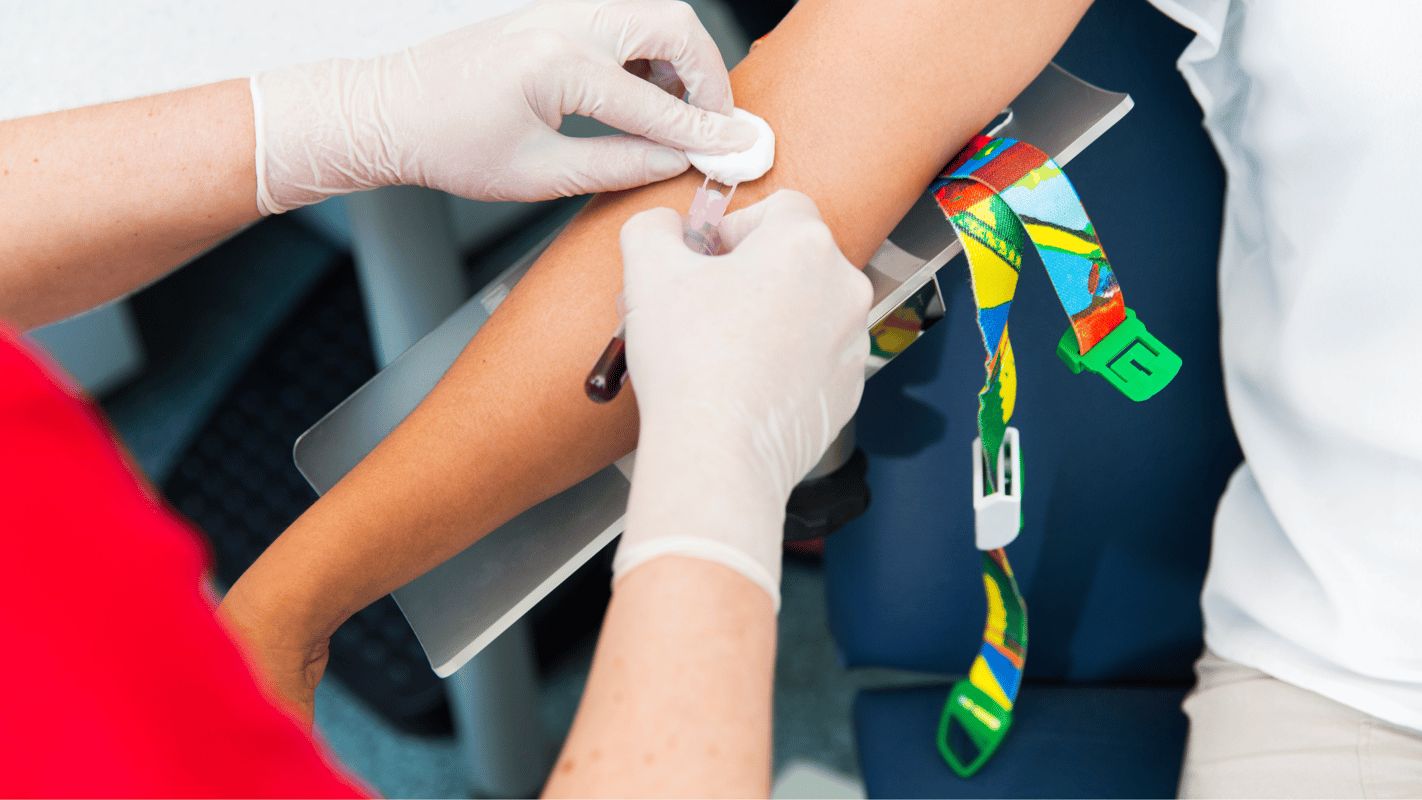How to Become a Phlebotomist in Connecticut

A phlebotomist is a vital healthcare professional responsible for drawing blood for medical testing, transfusions, and donations. With a growing demand for phlebotomists, becoming certified in Connecticut is a fast and rewarding way to enter the healthcare field with relatively short training requirements.
Key Points
- A phlebotomist is a healthcare professional trained to collect blood samples for medical testing and transfusions, playing a key role in diagnosing and treating patients.
- To become a phlebotomist in Connecticut, you must complete an accredited training program and pass a national certification exam.
- Phlebotomy training programs typically take about 4 to 8 months to complete.
- In Connecticut, the average phlebotomist salary is $42,870 per year ($20.61 per hour).
- Phlebotomy certification is recommended in Connecticut through recognized agencies like ASCP or NHA, and some employers may require a background check.
5. Apply for Jobs and Start Your Career
Once you've earned your phlebotomy certification, it's time to start your job search and take the next step in your healthcare career. Phlebotomy jobs are available in hospitals, outpatient clinics, blood donation centers, and medical laboratories, offering a variety of work environments to fit your career goals. To find phlebotomy job openings in Connecticut, use online job boards, hospital career pages, and platforms like My Next Move to connect with potential employers.
Looking to learn more about how to become a phlebotomist in the U.S.? Our comprehensive guide covers everything from certification requirements and job opportunities to average phlebotomy salaries by state, helping you make an informed decision about your future in this high-demand healthcare field.
Where to Find Phlebotomy Classes in Connecticut?
If you're looking for phlebotomy training in Connecticut, Dreambound is the largest platform for students to compare and find vocational training programs.
- Find accredited phlebotomy training programs in Connecticut.
- Compare costs, duration, and program details.
- Read reviews from other students.
Explore phlebotomy classes in Hartford and Bridgeport today!
Career Paths and Opportunities
A phlebotomy certification opens the door to various healthcare careers, including:
- Medical Laboratory Technician (MLT) – Conduct lab tests and assist pathologists.
- Blood Bank Technician – Work in blood donation and transfusion centers.
- Phlebotomy Instructor – Train new phlebotomy students.
- Nursing (LPN/RN) – Transition into patient care roles with further education.
- Clinical Research Coordinator – Assist in medical studies and drug trials.
Frequently Asked Questions
How long does it take to become a phlebotomist in Connecticut?
Most training programs take 4 to 8 months, depending on the program.
How much does a phlebotomist make in Connecticut?
The average salary for a phlebotomist in Connecticut is $42,870 per year ($20.61 per hour), according to the Bureau of Labor Statistics (BLS).
What qualifications do you need to be a phlebotomist in Connecticut?
You need a high school diploma/GED, complete a training program, and pass a certification exam from ASCP or NHA.
What is the shortest time to become a phlebotomist?
Some accelerated programs can be completed in 4 months.
Final Thoughts
Becoming a phlebotomist in Connecticut is a great entry point into the healthcare industry. With quick training, job security, and career advancement opportunities, phlebotomy is an excellent choice for those passionate about patient care.
Start your journey today! Explore Dreambound to find the best phlebotomy training programs in Connecticut and take the first step toward your new career!

Athena is Co-founder and CEO of Dreambound.


